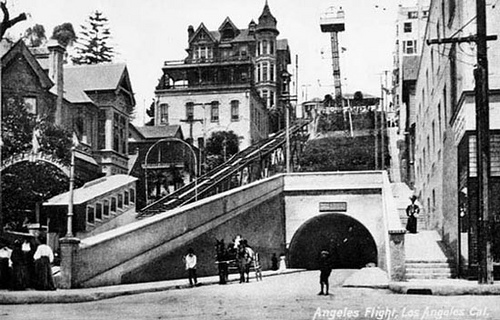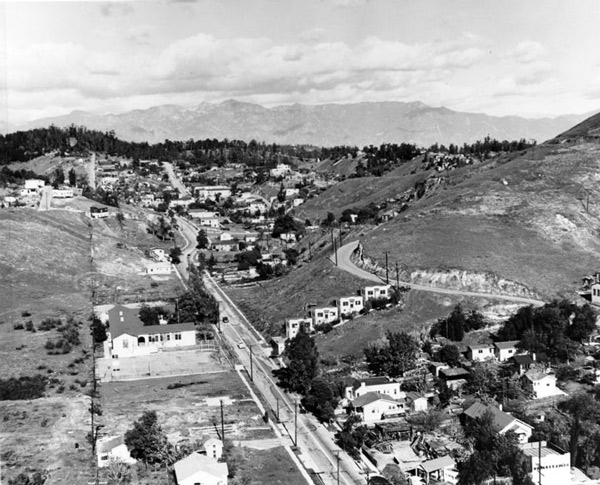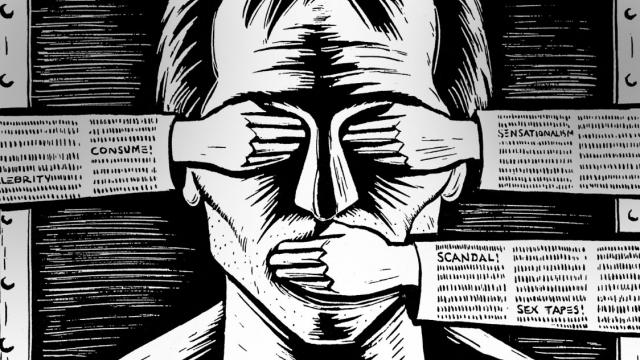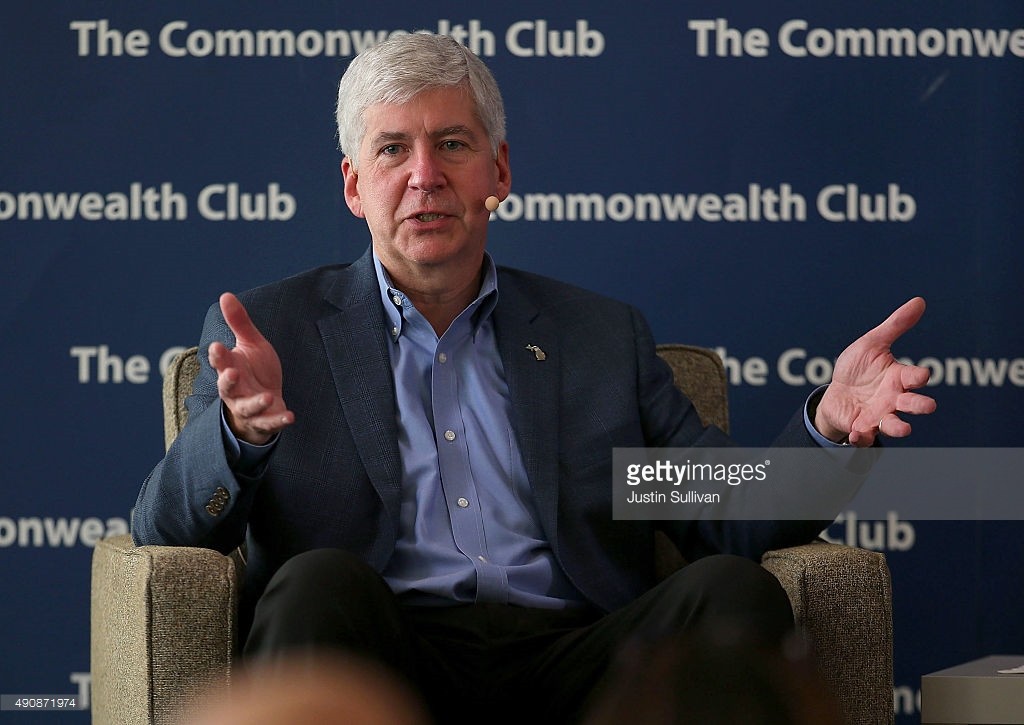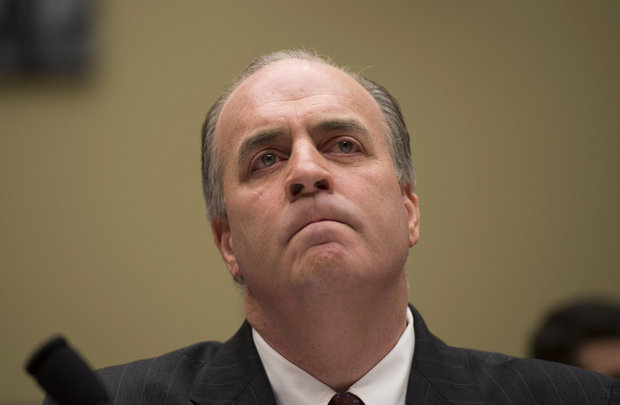Whistleblower on Pacifica National Board Exposes Years of Fraud and Violations of FTC Rules at Pacifica Stations Across the Country.
by Ed Murray
Dateline: Sacramento, California

On February 20, 2016, Steve Brown, a member of the Pacifica National Board, filed a very serious complaint with the State of California Registry of Charitable Trusts. In his complaint, Mr. Brown asserts that there has been ” a continuing pattern of serious criminal activities at Pacifica (still going on) that has been condoned, abetted, and/or committed by members of Pacifica management and its board of directors during (at least) the past three years.”
Mr. Brown, after much agonizing, has decided to become a whistleblower, and expose the mail – order practices of several of the Pacifica radio stations and its management, who have chosen to look the other way and ignore Mr. Brown’s frequent demands that the practices stop. He outlines a consistant pattern of fraud at Los Angeles station KPFK, station WPFW in Washington D.C., and at WBAI in New York City.
The charges put forth by Mr. Brown relate to the millions of dollars these stations took in while promising the donors they would receive “premiums” in the mail, often they would be DVDs, or CDs. These charges have been ongoing in the internet media for some time. Other websites, such as www.PacificaInExile.com have also reported the anger of donors who did not receive product that they had ordered. These violations have amounted to thousands of dollars over the years, leaving angry donors.
Here is the complete text of the charges filed with the California Attorney General’s Office.
Julianne Mossler
Deputy Attorney General
State of California
Department of Justice
Registry of Charitable Trusts
P.O. Box 903447
Sacramento CA 94203-4470
February 20, 2016
Re: Pacifica Foundation Radio Complaint # CT011303
Dear Ms. Mossler:
I write to inform you of new and even more serious violations of civil and criminal statutes by the persons originally named in Complaint # CT011303. They make intervention by your office more critical than ever. It may be the last chance to save the Pacifica Foundation.
Complaint # CT011303 was filed by 8 former Pacifica board directors (with my approval and support as a current director) because the foundation’s executive director, Margy Wilkinson (and her successors) – together with the foundation’s corporate counsel, Dan Siegel, and the board majority faction they control – had been colluding in a pattern of illegal activities that could not be blocked by normal internal controls.
However, now the situation has worsened. Because your office has not yet taken action (perhaps because our foundation is too small?), those persons have been emboldened to behave even more recklessly – and illegally – thereby placing the assets and safety of the Pacifica Foundation at even greater risk.
For example, a lawsuit (civil action no: 1:16-cv-241, united states district court, eastern district of new york) has just been filed by Gary Null against the foundation and three of its executive directors for violations of the FTC Mail Order Rule (16 CFR Part 435) and violations of federal criminal statutes dealing with intellectual property theft.
Although the current and former executive director, and the majority board members of their faction, had been put on notice, numerous times, by myself and other minority directors, that illegal violations were occurring (and had been occurring for at least 2 years), they refused to stop these activities or fire those responsible, apparently because the violations increased foundation revenue. If the above-referenced lawsuit against the foundation and its officers and directors prevails (as I believe it will, because its causes of action are valid), the statutory fines and penalties that can be imposed on the foundation – especially by the FTC, Justice Department, and US Postal Service – could amount to tens of millions of dollars. This would absolutely destroy the foundation. That it is why it is so important that your office intervene.
Here are only a few recent violations of law that have been abetted and/or committed by Pacifica’s management and controlling board faction, which neither I nor the foundation’s minority directors have been able to block or roll back.
1. Violations of the FTC Mail Order Rule (16 CFR Part 435)
by Pacifica Radio Station KPFK
In a recent fund drive, Pacifica Radio Station KPFK solicited on-air donations of approximately $800,000 from about 7,500 California residents by promising to send them a variety of merchandise (value: $50 to $300) in return for their donations. The FTC Mail Order Rule https://www.ftc.gov/enforcement/rules/rulemaking-regulatory-reform-proceedings/mail-internet-or-telephone-order requires that such merchandise be delivered within 30 days of receiving payment, unless otherwise stated in the solicitation; or, if it is known that delivery will take longer (but not more than 60 days), a specifically worded notice specifying when delivery will take place, or offering a refund, must be sent to each recipient.
However, the station did not deliver any of the merchandise within 30 or 60 days, nor did it send the required delay notices. Instead, the station manager privately informed her staff – and also let it be known to the foundation’s executive director and board – that she had already spent the money intended for acquisition of the promised (and paid-for) merchandise, and therefore would not deliver that merchandise until a year(!) past the order date (with a good chance that it would not be delivered at all). This violates 16 CFR Part 435 in numerous ways, for which the station can be fined as much as $16,000 per violation. These statutory fines apply even if the merchandise is eventually delivered. And each late and/or undelivered item of merchandise counts as a single violation, making Pacifica’s possible exposure $16,000 x 7,500 = $120,000,000.)
2. Violation of the FTC Mail Order Rule (16 CFR Part 435)
by Pacifica Radio Station WPFW
In a recent fund drive, Pacifica Radio Station WPFW solicited on-air donations of between $300-$400,000 from approximately 4,000 Washington, DC, resident by promising to deliver a variety of merchandise (value $50-$300) in return for their donations. In this case, it is my understanding that — not only was no merchandise delivered and no notices sent — but station management knew, in advance of solicitation, that it did not have the money to acquire that merchandise, and would probably never deliver it to any of those who had paid for it. Because this is a “knowing violation,” in addition to the statutory fines (of up to $64,000,000), the matter could be referred to the Justice Department for further prosecution and penalties.
3. Violation of the FTC Mail Order Rule (16 CFR Part 435)
by Pacifica Radio Station WBAI
In a recent fund drive, Pacifica Radio Station WBAI solicited approximately $500,000 in donations by promising to deliver a variety of merchandise (value $50-$300) to approximately 5,000 New York City Metro Area residents in return for their donations. However, only a fraction this merchandise was delivered, and that was long after the 30- or 60-day limit allowed by the FTC. Moreover, no FTC-mandated delay notices were sent, and the balance of the merchandise has not, to my knowledge, been delivered, and may not ever be.
Hundreds of complaints about non-delivery of merchandise by this station have been received personally by me and others, after the donors were unable to elicit a response from the station. To verify for myself the station’s illegal delivery practices, I sent $200 to WBAI on February 2, 2015, in response to one of its numerous on-air fundraising solicitations; in return for my donation it was promised that I would receive a book and a DVD by Webster Tarpley (approximate value $50). It is now one year later, but I have not received this merchandise, nor do I expect that I ever will.
I estimate that, in the last 12 months, at least 5,000 orders have been unfulfilled by this station, and many more fulfilled late, in violation of FTC regulations. Those 5,000 orders alone risk statutory fines of up to $16,000 x 5,000 = $80,000,000. If solicitations from the past 36 months are included, the number of unfilled orders – merely at WBAI alone — could rise to 15,000 or more, risking statutory fines of up to $240,000,000.
The only way to determine the exact number of delinquent orders is to examine the records at all 5 Pacifica stations. However, when I requested these records at WBAI – and by law, as a director, I am entitled to examine all foundation records without exception – my requests were ignored and the records withheld. Absent action by your office, these records will remain hidden, and the defrauding of tens of thousands of residents in the foundation’s five broadcasting areas – Los Angeles, San Francisco, Houston, Washington DC, and New York – will continue.
4. Violation of federal criminal statutes against intellectual
property theft by Pacifica Radio Station WBAI
Much of the merchandise used by Pacifica radio stations to solicit donations consists of commercially produced CDs and DVDs, mostly feature-length films, documentaries, and self-help videos. Normally, the stations would purchase these items from reputable vendors at wholesale prices ranging from about $10-$20 each, and then deliver them to donors. But at Radio Station WBAI, in some cases (I do not know how many, because records have been withheld) the station manager would purchase only a few copies from vendors, then illegally duplicate tens or hundreds or thousands more to fulfill the balance of orders. This has been going on at WBAI and other Pacifica stations for many years. Because the practice can save the foundation up to $100,000 or more a year, it is not stopped by the foundation’s officers or the board faction in control, no matter how often the practice is brought to their notice and protested. Not only does this break the law; it also cheats the donors by sending them fraudulent substandard copies instead of the genuine merchandise they were promised in return for their money.
I and two other minority directors have first-hand personal knowledge of illegal CD and DVD duplication at WBAI. I collected some of these fraudulent copies myself, and know of two specific vendors whose copyrighted products have been illegally duplicated in this way. One of them, Gary Null (whose lawsuit I referenced at the beginning of this letter), has acquired some of these illegal copies on his own and identified them as fakes. Intellectual property theft is one of the causes of action in his lawsuit. I understand that statutory fines for theft of intellectual property are $250,000 per violation, and include prison terms of 5 years for first offenders.
I do not know how many vendors have been defrauded, or how many illegal copies have been made. The documents and records that would reveal these numbers have, as I noted, been withheld from me — either with the acquiescence of foundation officers and board members, or their active cooperation.
5. Pacifica’s attorney provides deceptive and destructive
advice to management and staff members
In response to one of my frequent protests against Pacifica’s ongoing FTC violations and illegal duplication of copyrighted material, a staff member at KPFK said she would cease to solicit donations for the station because of the risk of civil or criminal penalties against her and/or the foundation. In response, the foundation’s attorney, Dan Siegel, issued an email announcement saying that she should continue her solicitations, because Pacifica was exempt from punishment under the FTC Mail Order Rule. This was false and misleading advice, which Siegel had reason to know – as an attorney – since the statute explicitly states that non-profits and charities such as Pacifica are not exempt.
Siegel is not an FTC lawyer; he is an employment lawyer. Had he exercised reasonable fiduciary diligence and called the FTC for a Staff Opinion, he would have quickly been told that Pacifica is not exempt, and that its practices are indeed actionable violations of FTC law. Nor is there any exemption for Pacifica from federal criminal statutes that prohibit the theft of copyrighted material.
Sadly, Dan Siegel’s deceptive and (what I must regard as) self-serving advice to foundation staff members carried great weight, because Siegel, in addition to being the foundation’s attorney, has also served as its executive director. This willingness to wink at or deliberately violate state and federal law seems to be just one example of the recklessness with which Siegel and his faction have been running (and running down) the foundation.
In the earlier filing of this complaint, it was noted that the goal of Dan Siegel and his faction was apparently to bankrupt the foundation, so that its licenses and assets (estimated to be worth $100 million or more) could be acquired by a shadow corporation named “KPFA Foundation,” which Siegel and another board member had created for this purpose 27 months ago. This shadow corporation, I might add, was created in secret, its existence deliberately withheld from the foundation’s executive director and board of directors. However, as our corporate attorney, was not Siegel legally obligated to disclose to the board (1) the existence of that corporation, (2) its purpose, which was inherently antithetical to the welfare of Pacifica, and (3) his controlling interest in that corporation? But he never did so, until its existence was uncovered, accidentally, 4 months ago, by the secretary of the Pacifica board, to her great astonishment.
After its discovery, Siegel then admitted that the purpose of his shadow corporation, whose legal address is that of the law firm he owns, was indeed to acquire the licenses and assets of the Pacifica Foundation, in the event that it went bankrupt (an event that he and his faction were uniquely placed to engineer, and towards which they have apparently been working). Therefore, the only way Siegel’s secret corporation could succeed, is if Pacifica were to fail. Is this not an unacceptable conflict of interest for Pacifica’s attorney, and a reason for him to be severed from the foundation? Yet because his faction controls the board, he is impossible to remove, and therefore continues to exert what seems to be a deliberately destabilizing influence on the health of the foundation.
Summary
Although I am not an attorney, I would think that if a corporation’s officers and board of directors are made aware of illegal activities under their control, but refuse to use their authority to stop those activities, they are in effect abetting those activities – and are therefore accessories after the fact. As such, do you think they are appropriate custodians in whom to entrust the care of such a valued public asset as Pacifica?
The fines and penalties that Pacifica might suffer due to the reckless and illegal behavior of its management would be a number with so many zeroes that it could not fit on the output screen of my calculator. It would mean the death of Pacifica. I hope your office will not stand by and allow the current management faction to wreck our foundation. I hope, as well, that if you decide to act, it will not be too late.
Sincerely,
Stephen M Brown
sbrown13@nyc.rr.com
Director, Pacifica National Board
*************
When contacted about this story Rachele Huennekens, Press Secretary of the Office of Attorney General Kamala D. Harris stated “We don’t comment on any potential or ongoing investigation, as a matter of law and policy.”
edmurray1955@aol.com
